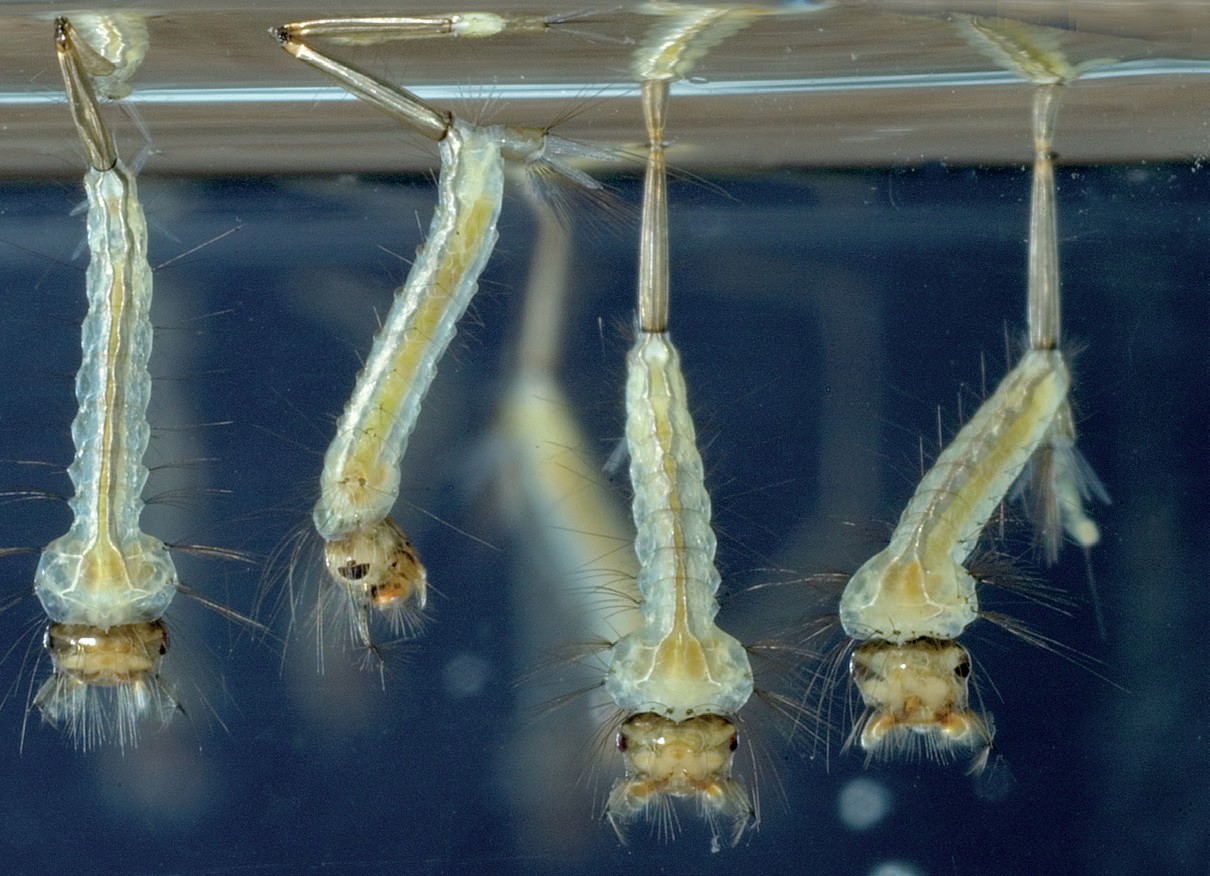
Mosquito larvae under the water surface
Charles Darwin suggested that speciation takes timescales of tens to hundreds of thousands of generations. This example appears to have occurred more quickly.
Culex pipiens is a mosquito. It mates seasonally, in large swarms in open spaces. The brood size is 150–350 eggs and their development requires a high-energy food source. Mated females obtain this energy from a blood meal, typically taken from birds. They then lay eggs in open-air pools of stagnant water. Gravid females (females carrying eggs) can hibernate over winter.
Your organisation does not have access to this article.
Sign up today to give your students the edge they need to achieve their best grades with subject expertise
Subscribe




